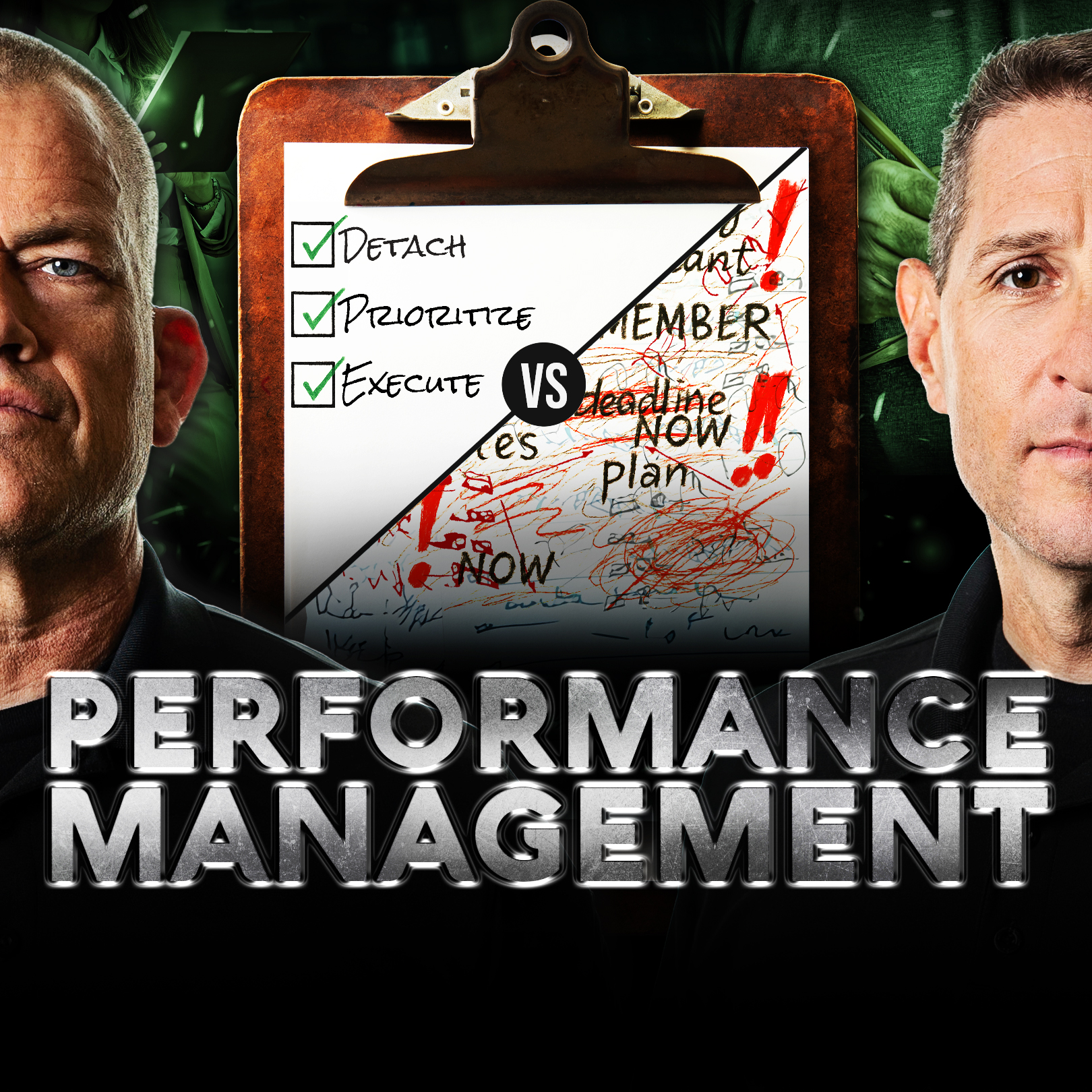Things change. It is an inevitable part of life and business. Technology evolves, strategies shift, and new markets emerge. Organizations that can aggressively identify these changes and trends, and move to take advantage of them, often find themselves with a competitive advantage or increased capabilities. What is change management in business? It should be viewed as an opportunity for growth of the organization, or an avenue for increased performance, it also presents a unique set of challenges in the human terrain. In general, people do not like and are resistant to change. If members of the team that will be responsible for implementing the change, or following new procedures are not effectively led throughout the process of change, it can create an environment that becomes counterproductive to the desired effects.
Why Change Management Is Important
Inform
The role of a leader is to set the necessary conditions for their team to accomplish the strategic goals of the organization. This is especially vital during periods of change. One of the most crucial dynamics of change that leaders must ensure is the dissemination of information. Leaders make decisions based on information. Teams use information to solve the problems and challenges they are experiencing at their levels.
The most important piece of information that must be disseminated during periods of change is “The Why.” During change management, “The Why” is a two-part equation.
The first part is Why the change is happening and what will be the benefits. What problem is the change attempting to solve? What opportunities will it bring? What efficiencies will it create?
Everyone on the team must understand what the goal is, and what the change is trying to achieve. This information is crucial because problems and challenges will inevitably occur throughout the process of implementing the desired change. When these problems occur, they need to be solved by the person/s closest to that problem. When everyone on the team understands the desired end state, “The Why”, they can use that information to solve problems in alignment with that end state. When members of the team are unsure of the goal of the change, the typical response to those problems is to either hesitate, delay, or ignore the problem altogether, or to try and solve the problem to the best of their abilities. Even when our teams attempt to solve these problems, if they do not understand the desired end state, there is an increased likelihood the problem will not be solved in alignment with the goal the change was intended to achieve. Thus, potentially creating more problems. Remember, if your team does not understand the desired end state, they will never be able to achieve it.
The second part is what role the individual team members will be contributing to the success of the change.Everyone on the team should understand what their specific role is during the period of change. This enables individual teammates to own their role and responsibilities by empowering them with how they individually are helping the team achieve mission success. This also aids in preventing tasks from slipping through the cracks. When teammates do not understand their roles in a plan, it creates ambiguity and fosters the potential for problems to go unaddressed or the inefficiency of parallel efforts.
Lastly, when there is a lack of information it creates stress throughout the organization. When members of the team do not have the pertinent information around change, the immediate reaction to the proposed change is likely to be negative. The team may pushback against the change or adopt a defensive posture around the way things are currently functioning. If your team is exhibiting these symptoms, then the likely diagnosis is your team does not have all the information they need.
Communicate: Simply, Clearly and Concisely
Effective communication is a cornerstone of successful change management. It involves clearly articulating the reason for change, the benefits, and the details of the change process itself.Communicating this information must be done with all stakeholders, up, down and across the chain of command. Often it is necessary to effectively communicate this information to entities outside the organization as well, i.e. vendors, clients, supply chain representatives, etc.…Ask yourself these two questions:
- Does this individual or group have a say in the successful implementation of the desired change?
- Will this individual or group be affected by the desired change?
If the answer to either of these questions was yes, then you need to ensure effective communication of the change with those individuals.
It is important to keep your communication as simple, clear, and concise as possible. The goal of communication is to empower our teams with the information they need to get the job done and to build alignment up and down the organization. If you are the one responsible for managing the change, it is likely that you will have incredibly detailed information surrounding every area of the plan. It is very rare that the people you are leading will need the same extreme level of detail that you possess. In fact, oftentimes presenting them with this detailed level of information may be counterproductive and cause confusion. Reset the temptation to show how much you know about the plan and communicate the information your team needs to be successful.
Listen
It is important to remember that communication is a two-way endeavor. You need to ensure you are effectively communicating the plan and then solicit and listen to the feedback, questions, and concerns from your team.
You have information that they do not possess, and as members of the team closer to the everyday problems, opportunities, and challenges they will inevitably have information that you will not possess. By listening to their concerns and asking earnest questions there is a high likelihood the information they provide will aid in finalizing the plan.
Detach
Do not be convinced the plan is perfect. No plan ever is. By actively engaging your team in the process of managing change, you will likely be presented with information that should lead to shifting or adapting a portion of the plan. When this happens do not be attached to your plan. Detach from your emotions surrounding the plan and implement the necessary adjustments.
You should not care who develops the plans or whose ideas are chosen, that should concern you is that the plan will be successful. If members of your team develop a better plan or method, that is a win. When your teams are invested and have more ownership of the plan, they will work harder to achieve the desired results.
Give Ownership
Which brings us to our last and most important tool for successfully leading through change. Give ownership of the change to your teams. Whenever possible strive to involve and give ownership of the plan to your teams. The best plan for change in any organization is the plan with the most buy-in from the people who will be executing the change. The best way to create buy-in in a plan, is to give them ownership of the plan.
Do not tell your people how something is going to get done. Instead, tell them what needs to get done and why, and then let them generate the plan. When a plan is dictated, it stifles creative problem solving. So, when a problem arises often the team will immediately reach out for help or possibly use it as an opportunity to push back against your plan. When your team creates the plan and has ownership of the plan, they are better equipped to solve the problems and challenges that will inevitably arise. And because they understand the plan in detail, it is highly likely they will be able to get the problem solved without your involvement, freeing you up to remain focused on the next steps and preventing potential problems before they arise.
If you are concerned the plan, they developed might not be effective or is missing elements, ask your team earnest questions surrounding the perceived gaps instead of assuming they missed something. There could be a very valid reason for their chosen course of action that you were not thinking of. Or if there was a gap, then you just created an excellent opportunity to mentor, talk and strategize with your team. Either way it’s a win for you and for your team. The goal when navigating perceived gaps is to ensure it remains their plan and does not become your plan.
Conclusion
In summary, why is change management important, because it helps businesses navigate through change effectively, ensuring that transitions are smooth, employees are engaged, and organizational goals are met. Effective change management is not just a reactive tool; it’s a strategic approach that ensures businesses are prepared for the future, adaptable to changes, and capable of seizing new opportunities.
The best way to achieve this is to inform your team of “The Why”, communicate with all stakeholders, listen to all stakeholders, detach, and give ownership to your teams. In doing so you will mitigate the natural stress and ambiguity surrounding change and ensure the conditions for navigating the change are established.



